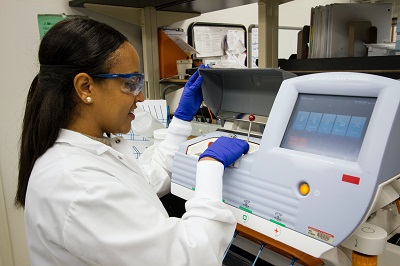The process for CDSCO (Central Drugs Standard Control Organization) registration of Class B medical devices in India involves several key steps. Here’s a detailed breakdown of the procedure:
1. Determine Device Classification
- Identify Classification: Ensure your device is correctly classified as Class B. This classification includes devices that pose a moderate risk to the patient but are not as high-risk as Class C or D devices.
2. Prepare Documentation
- Technical Documentation: Prepare a comprehensive dossier including device description, intended use, labeling, and manufacturing details.
- Quality Management System: Ensure your manufacturing facility complies with Good Manufacturing Practices (GMP) or ISO 13485.
- Clinical Evidence: Include clinical evaluation reports or studies demonstrating the device’s safety and efficacy.
- Risk Analysis: Provide a risk management report assessing potential risks associated with the device.
- Labels and Instructions: Include labeling, instructions for use, and packaging details.
- Certificates: Provide any necessary certificates such as CE marking (if applicable).
3. Create an Account on SUGAM Portal
- Register: Visit the CDSCO SUGAM portal (https://cdsco.gov.in) and register for an account if you don't have one.
- Login: Use your credentials to log in to the portal.
4. Submit Online Application
- Application Form: Fill out the online application form available on the SUGAM portal.
- Upload Documents: Upload all required documents and technical data.
- Fee Payment: Pay the application fee as specified. The fee structure may vary based on the device and its classification.
5. Application Review
- Initial Screening: CDSCO will perform an initial review of the application for completeness.
- Technical Evaluation: A detailed technical evaluation will be conducted, including a review of submitted documents and clinical data.
- Additional Information: You may be requested to provide additional information or clarification.
6. Inspection (if required)
- Facility Inspection: CDSCO may conduct an inspection of the manufacturing facility to ensure compliance with GMP and other regulatory requirements.
- Audit Report: Prepare for the audit by ensuring all quality systems and processes are in place.
7. Approval and Certification
- Issuance of Certificate: Upon successful review and, if applicable, inspection, CDSCO will issue a registration certificate allowing you to market the device in India.
- Regulatory Compliance: Ensure ongoing compliance with CDSCO regulations, including post-market surveillance and reporting.
8. Post-Market Obligations
- Adverse Event Reporting: Monitor and report any adverse events or device-related issues to CDSCO.
- Renewals and Updates: Keep your registration updated with any changes in the device, manufacturing process, or labeling.
Key Points to Remember:
- Compliance: Ensure adherence to CDSCO guidelines and standards throughout the process.
- Timelines: The registration process may take several months, so plan accordingly.
- Consultation: Consider consulting with a regulatory expert or consultant for assistance with complex applications or to expedite the process.

Contact Us:
Whatsapp or Wechat:+86 15816864648;email address:hito.lin@grzan.cn
.png)
.jpg)

.png)

.png)